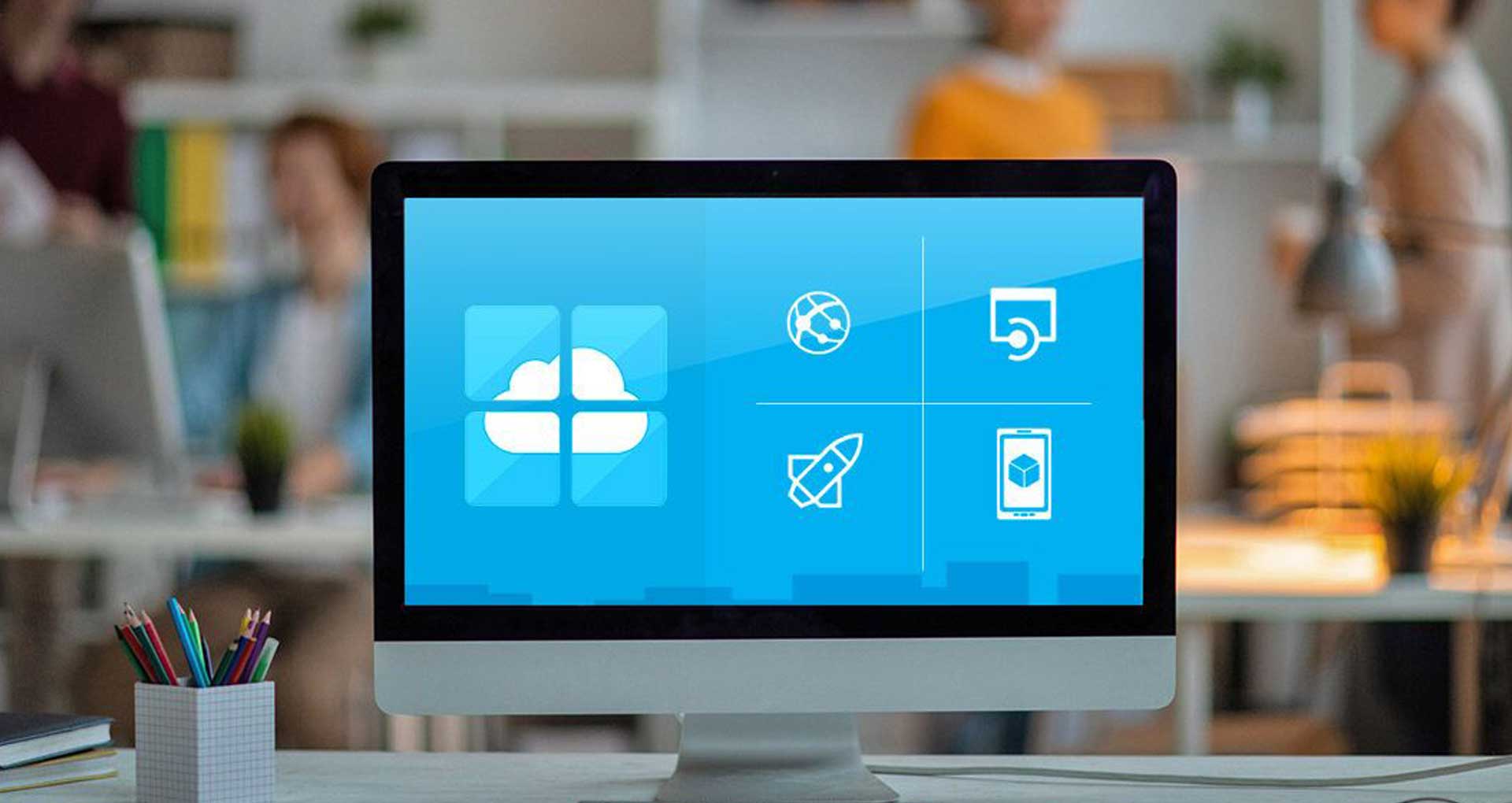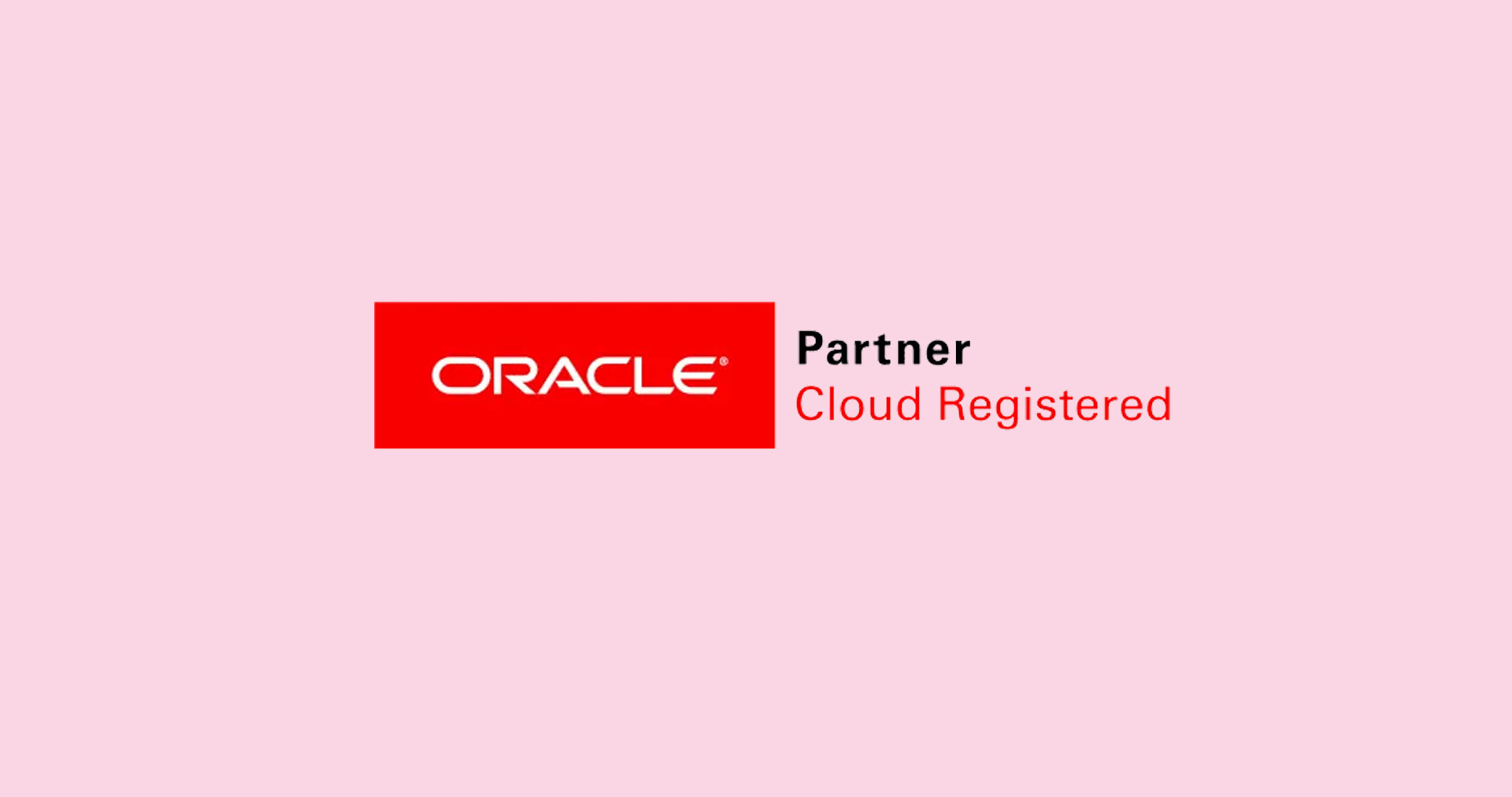Kubernetes has become the standard infrastructure for DevOps teams to build, test, run, and roll out new software. From slashing development time and costs to navigating the complexities of hybrid cloud deployments, how to manage Kubernetes has become the gold standard infrastructure! If you are looking for a sure-shot solution to simplify the management complexity of software while maintaining the well-being of your apps, this blog post on Kubernetes strategy for enterprise is for you. We will walk you through key features components, and how to build a successful Kubernetes strategy with a vision for the future.
Why is an Enterprise Kubernetes Strategy Essential In 2024?
In today’s rapidly evolving tech landscape, an enterprise Kubernetes strategy helps unlock transformative advantages, perfectly aligning with your business’s dynamic technology and operational needs. It works like a linchpin for your company’s digital transformation journey, offering a flexible, reliable, and efficient cloud platform. It enables modern businesses to:
- Build a Cloud-Ready Platform: It provides the foundation for a consistent and scalable cloud strategy across the entire organization.
- Modernize Legacy Applications: Kubernetes breathes new life into aging business processes and applications by migrating legacy systems into containerized cloud environments.
- Enable Cloud-Native Development: With Kubernetes, you can foster a culture of cloud-native development, ensuring that new applications adhere to best practices and standards.
- Create a Hybrid Cloud Ecosystem: Kubernetes facilitates the creation of a hybrid cloud that harmonizes with various providers and platforms, offering seamless flexibility.
- Drive Digital Transformation: Kubernetes drives digital transformation by delivering rapid innovation, heightened customer satisfaction, cost reduction, strengthened security, and enhanced agility and resilience.
- Improve Resource Efficiency: Optimizes resource usage and effectively reduces operational costs.
- Simplify Management: Streamlines the management of complex containerized applications, making them more manageable.
- Ensure Unparalleled Reliability: Kubernetes automatically detects and responds to failures. Thus, automated failover and recovery mechanisms ensure uninterrupted application availability without downtime.
- Maintain Consistency Across Environments: Since containers are self-contained packages, containers run consistently, eradicating compatibility issues across different settings and environments.
Now that you’re familiar with the key drivers for enterprise Kubernetes let’s explore the essential features you should keep in mind when evaluating an Enterprise Kubernetes Platform for your business needs.
Key Features to Consider When Evaluating an Enterprise Kubernetes Platform
Many businesses harness Kubernetes for various business applications and revamp their legacy systems. However, the shortage of Kubernetes experts and the complexities of large-scale deployment often pose challenges, especially for enterprises managing both on-premises and public cloud infrastructure.
You need to consider these important factors when evaluating Kubernetes solutions for enterprise-level scaling:
- High Availability: Kubernetes doesn’t offer High Availability (HA). So, to configure it for high availability, you would need at least three master nodes for load balancing and integrated or independent deployment.
- Supported Deployment Models: Determine how the solution integrates into your environment, whether it’s on-premises, hosted as a service, or a hybrid deployment.
- Monitoring and Operations Management: Ensure the solution offers built-in monitoring to track cluster health and enables self-healing for optimal performance.
- Cluster Upgrades: Look for support to quickly roll upgrades the latest security patches and bug fixes, along with the ability to roll back to previous versions.
- Multi-cluster Management: The ability to run multiple clusters from a single location is often essential to simplify the management of your Kubernetes clusters. Ensure the solution supports this to improve the performance and reliability of the Kubernetes environment.
- Multi-tenancy, Role-based Access Control, and Single Sign-on Support: Seek solutions that enhance multi-tenancy and easily integrate with popular SSO providers.
- Load Balancing: Some services need external load balancing, so ensure the system provides this or integrates with commercial load balancers.
- Private Registry Support and Image Management: Look for built-in image management capabilities, especially for large enterprises with proprietary images.
- Hybrid Cloud Integrations and APIs: Support for a multi-cloud strategy is crucial for flexibility and cost management.
- Enterprise-Grade User Experience: An intuitive, single-interface management system is essential for visibility and communication.
- Application Lifecycle Management: An application catalog simplifies deployments and prevents configuration sprawl.
- Production Grade Service Level Agreements (SLA): Ensure the solution meets the SLAs required by the organization, often offering 99.9% uptime.
- Ease of Setup, Installation, Continuous Use, Management, and Maintenance: The platform should be easy to implement and maintain.
- Networking Support and Integrations: Integration with preferred networking solutions is crucial for production environments.
- Storage Support and Integrations: Integration with enterprise-grade storage technology is essential for stateful applications.
- Self-Service Provisioning: Developers should have self-service access to the Kubernetes clusters with appropriate access controls.
- Built-in CI/CD Support: A robust CI/CD pipeline is critical for agile development and software release.
Evaluating the above factors will help organizations choose the right Kubernetes solution for their scaling needs.
Key Components of Kubernetes

Here are key components of Kubernetes that are vital for effective enterprise Kubernetes management.
- Pods: Pods are fundamental units in Kubernetes. They consist of containers and share network resources and storage. They define how containers should run.
- Node(s): Node(s) are the worker machines where Kubernetes deploys the containers within pods. They are the core of a Kubernetes cluster.
- Cluster: It is a group of nodes running containerized applications. It ensures that even if one node fails, the applications remain accessible from others.
- Desired State: This is a critical concept. It describes the desired configuration of objects that run containers, and Kubernetes uses this information to maintain the desired state.
- Deployment Controller: This controller continuously monitors resource states.
- Etcd: This distributed key-value store is used by Kubernetes to store configuration information used by every cluster node.
- Kubelet: The Kubelet is a small application that communicates with the control plane and ensures containers are running as specified.
- Kube-proxy: This network proxy handles network communications inside and outside the cluster.
- Control Plane: The control plane manages the cluster’s state. It comprises various processes that handle pods and nodes.
- API Server: This is the entry point for managing the cluster, handling external and internal requests.
- Scheduler: It schedules pods to specific nodes based on various conditions like resources and affinity.
- Kubernetes Controller Manager: This control loop monitors and manages the cluster state, handling various tasks.
- Cloud Controller Manager: This component integrates cloud-specific logic and connects the cluster with a cloud provider, enhancing scalability and resilience.
- Container Runtime Engine: Each node has a runtime engine (like Docker) to run containers.
- Container Networking: Container networking enables communication between containers. It follows the CNI standard, ensuring network connectivity.
Steps for a Successful Kubernetes Strategy for Enterprise
Enterprise Kubernetes adoption involves several key steps. Here’s how to build an enterprise Kubernetes strategy and implement it successfully.

- Analyze the Business Scope: Understand if Kubernetes aligns with your organization’s needs. Consider factors like the size of your enterprise, scalability requirements, and the need for modern microservice-centric applications. Prioritize goals based on your vision for Kubernetes in the coming years.
- Align with Enterprise’s Cloud Strategy: Aligning Kubernetes deployment approach with your cloud strategy ensures seamless interoperability with cloud services and allows you to scale on-demand to accommodate fluctuating workloads.
- Make Informed Decisions: Assess team preferences, considering factors like configuration flexibility and Kubernetes cluster management. Analyze to find the right balance between centralized and decentralized governance for effective management.
- Determine Governance Approach: Governance is essential for managing clusters and enforcing policies. You can choose between decentralized and centralized governance or a blend of both.
- Establish the Ownership Model: Define responsibilities and accountabilities for managing Kubernetes. Consider shared services and central IT teams for large enterprises or adapt the model to your business size and requirements.
- Adopt Kubernetes Security Practices: Prioritize security by applying automated image scanning, ensuring strong container isolation, using minimal base images, reviewing configurations, and implementing network security.
- Configure Zero-Impact Deployment: Employ different zero-impact deployment strategies, including rolling, recreating, ramped slow rollout, or canary deployment strategies to minimize downtime during updates.
- Prepare Teams for Adoption: Certify and train team members and build a core team of Kubernetes admins and users. Ensure effective team communication and promote a culture of collaboration and support during Kubernetes adoption.
We can assist your enterprise in crafting and executing a tailored Kubernetes strategy. From analyzing your business scope and aligning it with your cloud strategy to implementing robust governance, defining ownership models, enhancing security, ensuring zero-impact deployments, and preparing your teams for adoption – we bring our experience to every step. With our expert guidance and Kubernetes enterprise support, your strategy will be implemented seamlessly and efficiently.
Challenges with Kubernetes Adoption and How We Can Address Them
Every technology adoption presents its own set of complexities. These can range from addressing deployment issues and enhancing data flow visibility to minimizing latency between services and optimizing resource utilization. Before you can reap the benefits of Kubernetes, you need to address several challenges. Listed below are four primary challenges and their solutions:
Security and Compliance
Challenge: The adoption of Kubernetes can introduce security vulnerabilities, such as container exploits, crypto mining, privilege escalation, and more. Compliance audit failures and patch management can also pose threats.
Solution: For the right Kubernetes implementation, our team ensures comprehensive security checks that includes, vulnerability scanning, runtime threat detection, compliance checks, and effective patch management.
Configuration
Challenge: Configuration issues can encompass namespaces, runtime privileges, storage, container images, and control plane settings. Balancing usability and security is crucial.
Solution: We leverage tools and best practices for Kubernetes configuration management, ensuring that settings are optimized for security and performance.
Networking
Challenge: Kubernetes networking complexities especially arise in multi-cloud deployments. IP address management, communication between static IP addresses and ports, and enforcing IP-based policies can be challenging.
Solution: We provide networking solutions that help you simplify multi-cloud networking, manage IP address allocation, and enable effective communication across Kubernetes environments.
Storage
Challenge: Managing storage infrastructure, especially in on-premises environments, can lead to memory shortages and data vulnerabilities. Thus, stateful applications may face data loss when containers shut down.
Solution: We can tailor your storage solutions to be compatible with Kubernetes cluster, ensuring the availability of persistent external volumes for stateful applications and addressing memory management challenges.
We have the specialized tools and expertise to enhance security, streamline configuration, simplify networking, and optimize storage management for your enterprise.
Success Stories of Organizations Using Kubernetes Effectively
Here are some popular examples of how Kubernetes has helped global businesses improve their agility, scalability, and efficiency.
- Bloomberg: This vast private network grappled with challenges tied to data and a whopping 14,000 applications. In 2016, they adopted Kubernetes in its early stages. This decision proved highly beneficial, and Bloomberg’s services became more resilient. As a result, developers could work more efficiently with fewer errors in application deployment, automation improved, and resource management became more efficient.
- News UK: The media company behind The Times and The Sun newspapers migrated its websites to Kubernetes in 2018, after facing scalability and reliability issues. With Kubernetes, News UK was able to handle traffic spikes during major events, such as the royal wedding and the World Cup, without compromising on performance or availability.
- Capital One: Being one of the largest US banks, Capital One handled massive number of transactions daily and made major data-based decisions for credit approvals and fraud detection. Their cloud team initially used Docker and eventually adopted Kubernetes for provisioning. This move simplified their toolset, made deployments more efficient and resulted in major savings in costs with only seven dedicated resources. Kubernetes provides scalability, better management, and coordination, ultimately giving them more time and resources.
These are just some of the many examples of how Kubernetes can help companies achieve their goals and overcome their challenges.
How Rishabh Software Can Help You Excel with Kubernetes
Kubernetes simplifies the management of containerized apps by automating deployment, scaling, and overall control across various settings. However, it is complex and challenging to master. That’s where we step in! As a Kubernetes consulting company, we can quickly and efficiently design, implement, and run your Kubernetes system, whether you’re migrating apps or creating new ones. We seamlessly integrate Kubernetes into your environment, optimize configurations and ensure efficient operation for your applications.
We also use the best tools and methods for cloud-native apps, such as Kubernetes, Containerization, Docker, Gitlab CI/CD, and more. These help us manage your apps automatically on any cloud platform. We’ve worked with clients from various sectors like finance, media, travel, hospitality, and more and our work extends beyond deployment. As a partner providing cloud app development services we provide ongoing support, monitoring, and maintenance for your smooth Kubernetes ecosystem.
Frequently Asked Questions
Q: How do Enterprises use Kubernetes?
A: Enterprises utilize Kubernetes for both building new, cloud-native applications and migrating older apps that benefit from containerization and orchestration.
Q: What issues does Kubernetes address?
A: Kubernetes efficiently tackles the challenges of managing complex, distributed, and dynamic applications. It automates container deployment, scaling, healing, and offers features like service discovery, load balancing, security, and monitoring.
Q: Is Kubernetes suitable for startups?
A: The flexibility, scalability, and cost-effectiveness of Kubernetes is great for startups! It helps with quick app deployment, easy scaling, and works well with various cloud services and tools.
Q: Is Kubernetes the only alternative to run containers?
A: No, Kubernetes is one of the several options. Docker Swarm, Amazon ECS, Google Cloud Run, and Azure Container Instances are alternatives. However, Kubernetes stands out due to its strong community support, rich ecosystem, and compatibility with various cloud providers and environments.











 30 Min
30 Min


